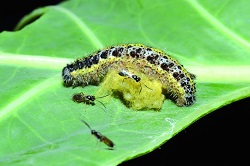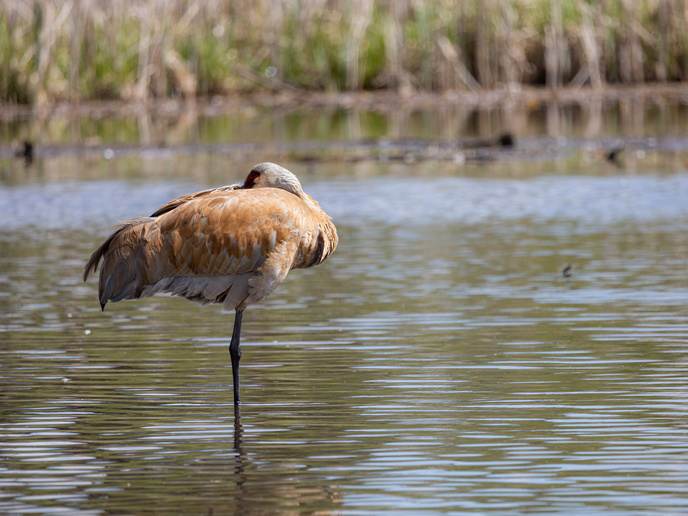Why American bats die from a deadly fungus but their European relatives survive
WNS is a fungal disease affecting bats during hibernation. The white nose refers to the white fungal growth around the muzzles of the bat, but this is only the main visible symptom of this infection. Research has found that WNS renders the hibernating bats susceptible to physiological disturbances, raising their body temperatures and making them lose fat stores. First identified in a cave in New York State in 2006, the fungus Pseudogymnoascus destructans (Pd) has spread like wildfire and is now found in 33 US states and seven Canadian provinces. The disease colonises the bat’s skin and the death tally has been described as ‘unprecedented’ and ‘the gravest threat to bats…ever seen’. As of 2017, 15 bat species, including three endangered, have been affected by WNS. Pd fungus – an old inhabitant of Europe Genetic studies have shown that Pd fungus has been in Europe for a long time and was most likely transported to North America as a novel pathogen. Moreover, European bats appear to be tolerant to the infection and this change has been recently observed in remnant populations in the United States where WNS survivors have co-existed with the fungus since 2006. “The core goal of the Marie Curie-supported project EVOL-WNS was to understand differences in how the pathogen affects European and North American bats,” explains Dr Thomas Lilley, the project’s research fellow at the University of Liverpool, United Kingdom. The resulting model of the WNS dynamics has been published on Zenodo(opens in new window) and in the Functional Ecology journal(opens in new window). Survival of the fittest bats down to genetics The team looked at genetic differences between the European and the North American bats. The first involves a so-called population bottleneck caused by the mass destruction of the American population – selection of the fittest at its harshest. “The genes in the population or gene pool remaining after wiping out such vast numbers may well be contributing to the survival of the remaining bats,” comments Dr Lilley. Second in the study arsenal was a comparison of the genes that were activated when the bats became infected. “We looked at the RNA made during infection when genes are activated, the transcriptional responses,” Dr Lilley outlines. “We now know, that the relationship between the fungus and the European host is not harmful, but has evolved to become commensal,” explains the lead fellow. Describing a biological relationship, commensalism is where one member benefits and the other partner neither benefits nor is harmed. Dr Lilley continues: “EVOL-WNS results show by contrast there is a rigid immune response in North American bats that may actually contribute to their mortality.” Marie Curie funding success in action For Dr Lilley, his path and progress through postdoc studies and beyond are testimony to how well the Marie Skłodowska-Curie Action (MSCA) works in practice. “I am now the curator of mammals at the Finnish Museum of Natural History(opens in new window), which was a very welcome progression for me having spent the past five to six years as a postdoc,” he emphasises. Dr Lilley sums up the way he feels about his training and opportunities: “I think the MSCA gave me a competitive edge in my current job as a curator, seeing as many of these next-generation sequencing methods have not yet become commonly used with natural history collection-based science.”







